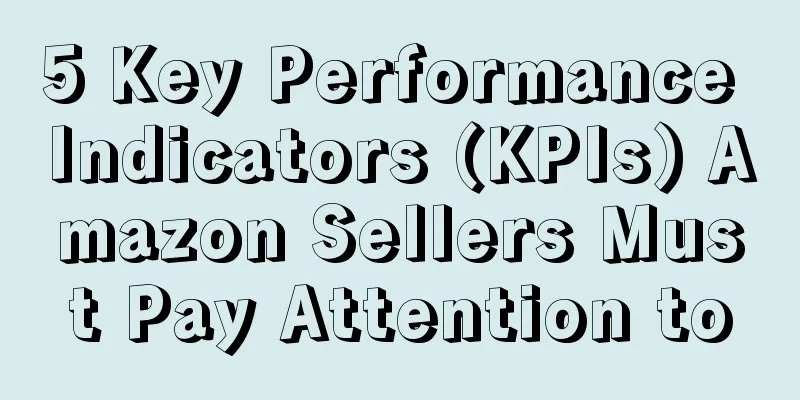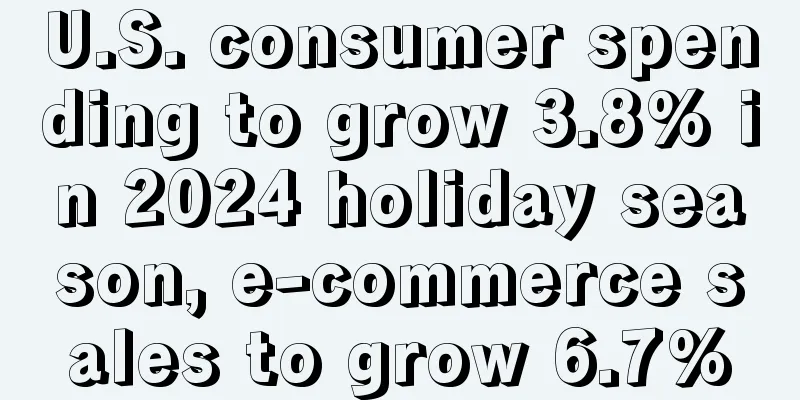|
KPIs are a way for Amazon sellers to understand their store performance. Most sellers just check some basic statistics, such as sales, profits, available inventory, etc. But to make your business healthy and have a deeper understanding of the business situation, you must focus on some KPIs. 5 indicators that sellers must pay attention to The conversion rate is calculated by dividing the sales by the number of visits in 24 hours. If a user visits the page multiple times within 24 hours, only one visit is counted.
Why should sellers care about this indicator? In the screenshot above, the green column is the conversion rate, and the first data is 22.17%, which means that for every 100 people who visit, only about 22 people will buy the product.
You can view the conversion rate of each sub-ASIN in Reports > Business Reports > Detail Page Sales and Traffic in the seller backend.
Based on the report, sellers can clearly understand the conversion rate of their products and optimize them to increase sales. To increase conversion rate, you can: Optimize product descriptions, pictures, etc. of listings Run off-site advertising, such as Facebook and Google ads Set up flash sales, coupons and other activities
Using conversion rate as an indicator, you can know which products perform better. Compared with just monitoring sales, conversion rate can help you find products that are more worth investing in. For example, if the sales volume is 1 million, one product has a conversion rate of 10% and the other has a conversion rate of 20%, the product with a conversion rate of 20% is obviously stronger. 2. Advertising expenditure to sales ratio
ACOS is the advertising cost of sales. It is not the right approach to focus only on the advertising cost of sales. You should pay more attention to the advertising expenditure to sales ratio.
The ad spend to sales ratio is calculated as: Total ad spend ÷ Total sales. You can also go a step further and calculate the ad spend to sales ratio for each ASIN: Total ad spend for that ASIN ÷ Total sales for that ASIN.
Why should sellers care about this indicator?
The marketing budget for each product is different, some are more, some are less. For example, if the advertising expenditure to sales ratio is 10%, it means that 10% of the total sales are spent on advertising.
Just looking at the advertising costs, if they are too high, you may give up on potential best-selling products. You should calculate the overall performance, although the advertising costs may be high, but it also brings you sales.
If this metric suddenly increases significantly, you can use it to figure out whether it's the season that's bringing in sales or whether a competitor is attacking your ads. If the index is too low, you can increase the bid appropriately to increase exposure. 3. Inventory turnover rate
Amazon provides this data in the inventory panel:
The higher the number, the faster your inventory is selling. Days in Inventory refers to the number of days your inventory is expected to last. Days in Inventory is calculated as follows: (Total inventory in the past 30 days ÷ Sales in the past 30 days) * 30. If you want to calculate a few days, just change the numbers accordingly.
Why should you care about this indicator?
If too much inventory is sent at one time, the inventory turnover rate will be low. Limiting the amount of inventory sent can increase the inventory turnover rate. So why limit the inventory? The main reason is that Amazon has introduced the Inventory Performance Index. The slower the turnover, the worse the performance index.
Controlling inventory and maintaining it at 30-40 days can keep the indicators high, and if the product does not sell well, the cost of removing the product will not be too high. Tracking inventory turnover can also prevent stock-outs.
This metric is more difficult to monitor, but it is one of the most powerful indicators for any business. The cash cycle is as follows: Amazon sellers typically receive payment two weeks after a product is sold. The faster your inventory sells, the faster it turns into cash.
Cash cycle = DIO + DSO – DPO DIO = Days Inventory Outstanding DSO = Days Sales Outstanding = Days Sales Outstanding DPO = Days Payables Outstanding
The shorter the inventory and accounts receivable turnover days, the better, which represents the efficiency of the company's cash collection. Cash conversion cycle ÷ 365 days, the higher the number obtained, the faster the business turnover and the better the cash flow. 5. Return on Assets (ROA) This metric measures how efficiently your business generates returns from the use of its assets (after tax). Return on assets = net income / total assets.
Net income is profit after operating expenses, interest, and taxes are deducted. Return on assets is not return on investment (ROI).
A software company will have a higher return on assets than running an Amazon business because it doesn't have to buy inventory.
Assuming your Amazon business has a net income of $1 million at the end of the year and total assets of $1 million, your return on assets is 100%. Target is one of the best retailers in the world, with a return on assets of around 6-8%.
The above are the key KPIs that Amazon sellers need to pay attention to. If you only focus on sales and gross profit, you may miss opportunities to expand your business because you ignore loopholes.
Amazon has too much inventory? These methods can help you clear out the inventory
54 KPIs that cross-border e-commerce sellers must pay attention to
3000+ 5-star reviews, these unique products on Amazon have received rave reviews
Statement: When reprinting this article, the title and original text must not be modified, and the source and original link must be retained. | 






![Is it better to do business on Amazon with a boutique model or a boutique model? [In-depth analysis]](/upload/images/67e771bccc625.webp)


